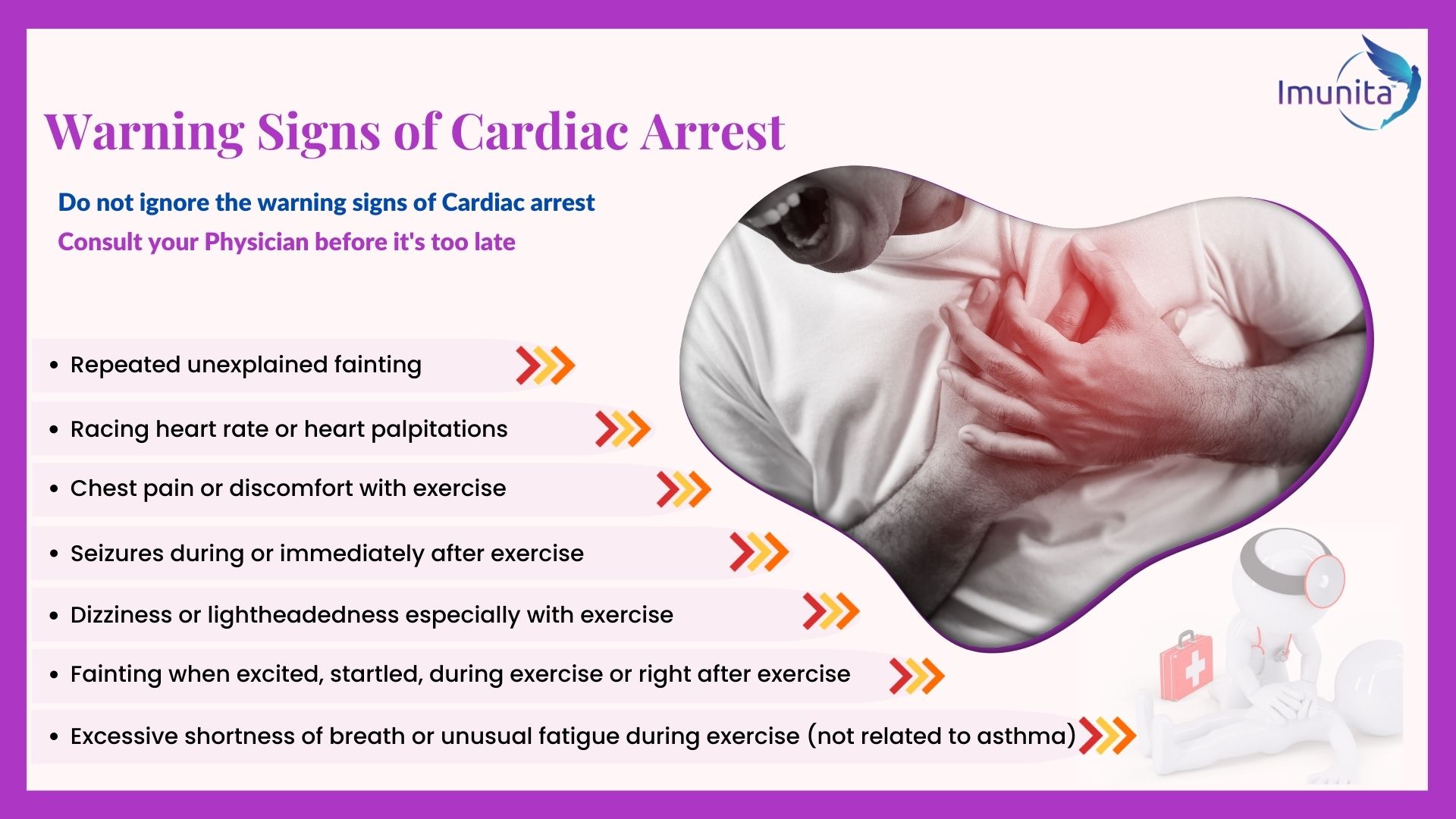Carboxyhaemoglobin reduces the oxygen-carrying capacity and oxygen utilization of the RBC’s, leading to deficiency of oxygen. Hypoxia, and toxicity can lead to cerebrovascular ischemia, and myocardial infarction and disruption in the cellular process. The functioning of the normal cell crucially depends on a continuous oxygen supply, and delivery of oxygen from lungs to every tissue cell in the body is the primary function of blood. This essential process of carrying blood to the tissues depends on the protein haemoglobin (Hb) contained in red blood cells (erythrocytes).
Carbon monoxide (CO) is a tasteless, odourless, colourless, and non-irritating gas generated whenever any material is burned. Carboxyhaemoglobin (COHb) a stable complex of CO is observed in red blood cells when carbon monoxide is inhaled from the environment. One of the most common sources of Carbon monoxide is from incomplete combustion of hydrocarbons which is a by-product of tobacco smoking. Carbon monoxide binds to haemoglobin with a much greater affinity of 200 times than that of oxygen to form carboxyhaemoglobin.
It is observed that carboxyhaemoglobin (COHb) concentrations in chronic cigarette smokers often is as high as 10%. People who frequently smoke cigarettes have the COHb levels from 4.2% before smoking to 8.6% after smoking a cigarette. It is observed that people smoking Cigar have COHb ranging as high as 13.0 to 38.6%, also people who smoke Waterpipe or "hookah" generally have COHb levels of 10.1%. It is also observed that increase in COHb is mostly affected by the volume of puff inhaled, and slightly less by the number of puffs and the depth of inhalation.
Although cigarette smoke does not have any notable effect on the blood quality parameters of blood such as haematocrit, haemoglobin, or haemolysis, it has been proven that it quadrupled COHb levels in packed RBCs. As per the studies some the most feared complications of carboxyhaemoglobin toxicity are brain damage, Vision loss, loss of coordination, cognitive impairment, personality/mood changes, short-term memory loss, dementia, psychosis, incontinence, and parkinsonism. Fortunately for some, these symptoms may be transient.
It is observed that side effects of smoking on body are very little known by the people. People are unaware of the conditions or diseases other than cancer resulting from smoking tobacco. It is time we make the people aware of different hazards of smoking on our body. Health education on hazards of smoking and effects of increased carboxyhaemoglobin on the body should be provided to the people. It is also important to inform people about the ways to reverse the increased carboxyhaemoglobin levels as it is observed that abstinence from smoking for more than 12 hours decreases the COHb levels.


























